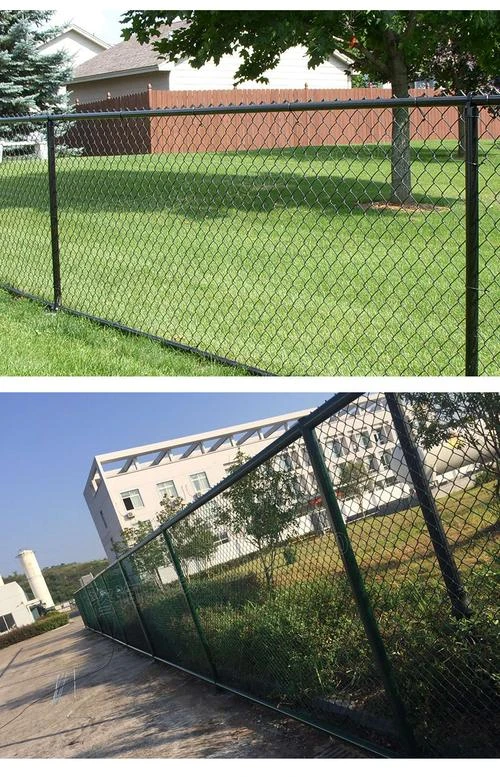 TEL:
+86-13102802206
TEL:
+86-13102802206
 Email:
fencenetting@china.com
Email:
fencenetting@china.com
 Language
Language
 TEL:
+86-13102802206
TEL:
+86-13102802206
 Email:
fencenetting@china.com
Email:
fencenetting@china.com
 Language
Language


The Beauty and Utility of a Wire Fence
When we think of fences, a myriad of designs and purposes comes to mind. However, one of the most functional and versatile options is the wire fence. Combining practicality with aesthetic appeal, wire fences serve various purposes, from agricultural needs to enhancing residential properties.
Types of Wire Fences
Wire fences come in numerous forms, each engineered for specific applications. The most common types include agricultural wire fences, chain-link fences, welded wire fences, and barbed wire fences. Agricultural wire fences, often used in farming, are designed to contain livestock and protect crops from pests. Chain-link fences, made from interwoven steel mesh, provide a robust barrier for residential areas while allowing visibility and airflow.
Welded wire fences consist of steel wires that are welded together at intersections, offering superior strength and durability, making them ideal for gardens and properties needing an added layer of security. On the other hand, barbed wire fences are primarily utilized in ranching and security applications, effectively deterring intruders while being relatively inexpensive to install and maintain.
Benefits of Wire Fences
The advantages of wire fences are numerous. First and foremost is their cost-effectiveness. Compared to wooden or vinyl fences, wire options are generally less expensive, making them an attractive choice for both homeowners and farmers. Maintenance is another area where wire fences excel. Unlike wooden fences that can rot, warp, or require regular painting, wire fences typically require minimal upkeep, providing long-lasting performance.
In addition to practical benefits, wire fences also allow for design versatility. They can be easily customized in terms of height, gauge, and wire spacing to suit specific needs. Homeowners can integrate decorative elements, such as climbing plants or lighting, to enhance the aesthetic appeal of a wire fence, transforming a functional structure into an attractive part of the landscape.

Environmental Considerations
Wire fences are also a more sustainable choice for the environment. Many types are made from recycled materials and can be fully recycled at the end of their lifespan. They have a smaller ecological footprint compared to wooden fences, which require trees to be cut down for materials. With the growing concern for environmental preservation, choosing a wire fence can be a responsible decision for eco-conscious consumers.
Installation Process
Installing a wire fence can be a straightforward process, especially for those who are moderately handy. The first step is to determine the layout and boundaries of the area to be fenced. Marking the locations of the fence posts is crucial to establish alignment and ensure evenly spaced sections. After setting the posts in concrete for stability, the wire is secured, either through twisting or by using specialized clamps for a tighter fit.
The right tools are necessary for installation, including pliers, wire cutters, and a tape measure. While some may opt for professional installation, many DIY enthusiasts find it rewarding to complete the project themselves, gaining a sense of accomplishment along the way.
Conclusion
In conclusion, wire fences offer unmatched practicality, aesthetic possibilities, and eco-friendliness, making them an ideal choice for various applications. Whether securing livestock, defining property lines, or adding decorative touches to a home, wire fences provide a solution that blends functionality with style. As the demand for durable and sustainable fencing options continues to grow, the humble wire fence undoubtedly remains a popular and effective choice.